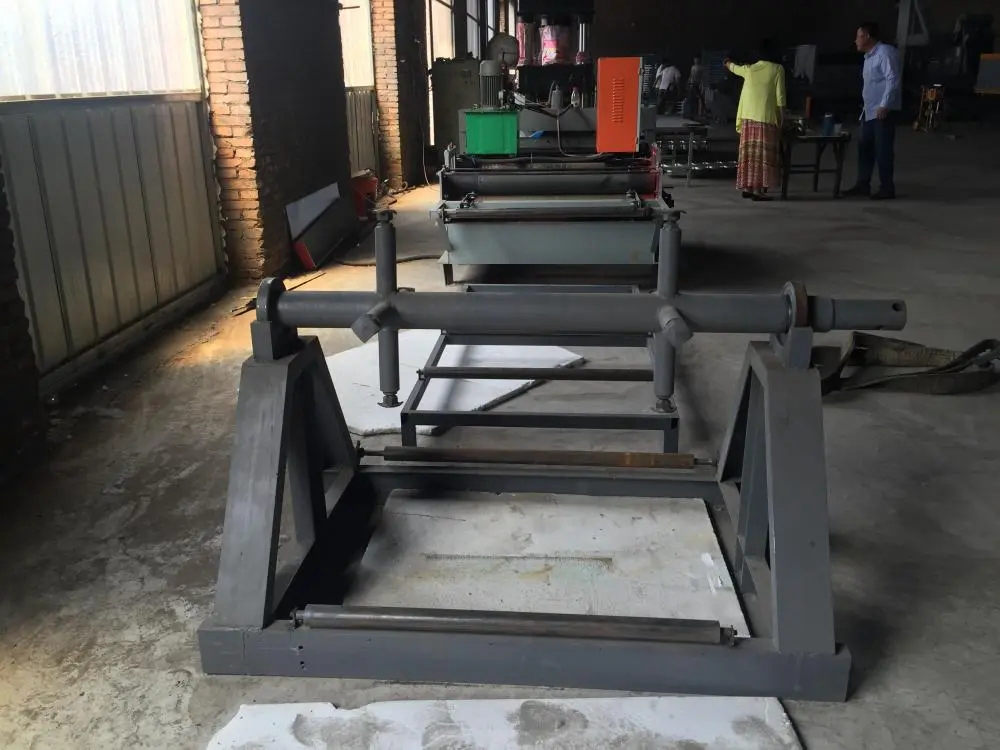
Understanding U-Channel Forming Machines
U-channel forming machines have become essential tools in the metalworking industry, primarily due to their efficiency and versatility in producing U-shaped channels used in various applications. These machines streamline the process of fabricating U-channels by bending and forming metal sheets into the desired profile, which can then be utilized in construction, automotive, and manufacturing sectors. In this article, we will delve into the workings, types, applications, and advantages of U-channel forming machines.
How U-Channel Forming Machines Work
U-channel forming machines operate on a simple yet effective principle of metal deformation. The process begins with feeding a flat metal sheet into the machine, which is typically equipped with several rollers and dies. These components are strategically positioned to execute a series of bends, ultimately shaping the metal into a U-channel. Depending on the machine's design, the metal can be formed either continuously or in sections.
The bending process is often enhanced by using advanced technologies such as CNC (Computer Numerical Control) programming. This allows for precise control over the forming process, enabling the production of channels with tight tolerances and intricate designs. Additionally, hydraulic or mechanical systems are employed to provide the necessary force for bending thicker materials, widening the range of shapes and sizes that can be produced.
Types of U-Channel Forming Machines
There are various types of U-channel forming machines available, tailored to meet different production needs. Some of the most common include
1. Manual U-Channel Forming Machines These machines require direct manual operation and are suitable for small-scale production or one-off projects. They are often less expensive but may not offer the precision of automated systems.
2. Semi-Automatic U-Channel Forming Machines These machines provide a balance between manual and fully automated options. They require some manual input but can handle multiple operations automatically, increasing efficiency.
3. Fully Automatic U-Channel Forming Machines Designed for high-volume production, these machines operate with minimal human intervention. Equipped with CNC technology, they can produce complex shapes rapidly and with high accuracy, making them ideal for large-scale manufacturing.

Applications of U-Channel Forming Machines
U-channels are incredibly versatile and find applications across various industries. Some notable uses include
- Construction U-channels are often utilized as support beams or framing materials in building structures, providing stability and load-bearing capabilities. - Automotive In the automotive industry, U-channels are used in the fabrication of car frames and components, ensuring structural integrity and performance. - Manufacturing Various manufacturing processes utilize U-channels as part of machinery, fixtures, or custom tools, showcasing their versatility across different production lines.
Advantages of U-Channel Forming Machines
Investing in U-channel forming machines offers several advantages
1. Efficiency These machines significantly reduce the time required to produce U-channels compared to manual methods, leading to increased production rates.
2. Precision With advanced technology, U-channel forming machines can achieve high levels of accuracy, ensuring that parts fit together seamlessly in larger assemblies.
3. Cost-Effectiveness While the initial investment might be substantial, the long-term savings on labor and material waste make U-channel forming machines economically viable.
4. Customization Manufacturers can easily adjust settings to produce various sizes and shapes, allowing for a tailored approach to meet specific project requirements.
In summary, U-channel forming machines are indispensable tools in today's manufacturing landscape, driving efficiency and precision in producing essential components across multiple industries. As technology continues to evolve, these machines will undoubtedly enhance their capabilities, further solidifying their place in modern manufacturing practices.